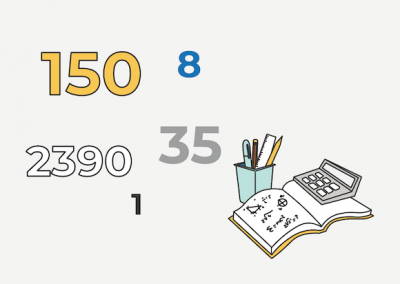How to Say Decimals, Fractions & Percentages in Chinese
All You Need to Know About Numbers in Chinese
Numbers play a crucial role in everyday Chinese. In Chinese culture certain numbers carry strong meanings. For example the number “4” (四 sì) is often avoided because it sounds like the word for “death” (死, sǐ).
While number superstitions are fascinating. this article focuses on practical usage. You’ll learn how to say decimals fractions in Mandarin and express percentages in Chinese with accurate examples and pronunciation tips. Whether you’re learning Chinese for daily use or academic purposes, mastering these number formats is essential.

1. Decimals in Chinese
To express decimal numbers in Chinese the essential. The word 点 (diǎn) meaning “point”. Just like in English the structure and word order for reading decimals in Mandarin is straightforward and logical. Whether you’re shopping, studying math or discussing prices, knowing how to say decimal points in Chinese is extremely useful.
Examples of Decimals in Chinese:
三点二
sān diǎn èr
3.2
五点八
wǔ diǎn bā
5.8
十七点六
shíqī diǎn liù
17.6
Mastering Chinese decimal pronunciation will make you more confident in everyday communication, especially in local markets schools and business conversations in China.
2. Fractions in Chinese
To express fractions in Chinese, the denominator (the bottom number) comes before the numerator (the top number) and they are separated by the term 分之 (fēn zhī) which functions similarly to the slash in English fractions. This format might seem unusual, but once you get the hang of it you’ll find it easy to use in everyday conversations or academic discussions.
Examples of Fractions in Chinese:
七分之三
qī fēn zhī sān
3/7
三分之二的学生是中国人。
Sān fēn zhī èr de xuéshēng shì Zhōngguórén.
2/3 of the students are Chinese.
Understanding how to say fractions in Mandarin is essential for a variety of contexts: from business and education to daily life. Whether you’re calculating proportions or giving statistical information mastering Chinese fractions will make your conversations smoother.
3. Percentage in Chinese
When expressing percentages in Chinese, the denominator is always 100 represented by the term 一百 (yī bǎi). The structure used for fractions can also be applied to percentages, making it easy to understand and use.
Examples of Percentages in Chinese:
百分之二十
bǎi fēn zhī èrshí
20/100 = 20%
百分之六十五
bǎi fēn zhī liùshíwǔ
65/100 = 65%
百分之百
bǎi fēn zhī bǎi
100/100 = 100%
我百分之百确定他会说中文。
Wǒ bǎi fēn zhī bǎi quèdìng tā huì shuō Zhōngwén.
I’m one hundred percent sure that he can speak Chinese.
Understanding percentage terms in Mandarin is crucial for daily life, business and academic discussions. Whether you’re sharing data, making calculations or expressing certainty, knowing how to say percentages in Chinese will make communication easier and more effective.
FAQ: Numbers: Decimals Fractions Percentages in Chinese
01. How do you say decimals in Chinese?
To express decimals in Chinese the key word is 点 (diǎn) which means “point” in English. Just like in English you pronounce the digits individually after the decimal point.
Example:
3.2 is 三点二 (sān diǎn èr) in Chinese.
02. How do you say fractions in Chinese?
When saying fractions, the denominator comes before the numerator separated by 分之 (fēn zhī), which is equivalent to the slash in fractions.
Example:
3/7 is 七分之三 (qī fēn zhī sān)
03. How do you say percentages in Chinese?
For percentages in Chinese the structure is similar to fractions, but with a denominator of 100 represented as 百分之 (bǎi fēn zhī).
Example:
20% is 百分之二十 (bǎi fēn zhī èrshí) in Chinese.
04. Are there any shortcuts or abbreviations for decimals in Chinese?
In daily conversations there’s no specific, but you may see the word 点 used frequently to express numbers after a decimal.
Example:
5.8 is 五点八 (wǔ diǎn bā) and often used in context like “It’s 5.8 now”
We hope this post will be useful. To find out more interesting phrases and questions in Chinese, check out one of our blog posts 5 Small Talk Phrases in Chinese










